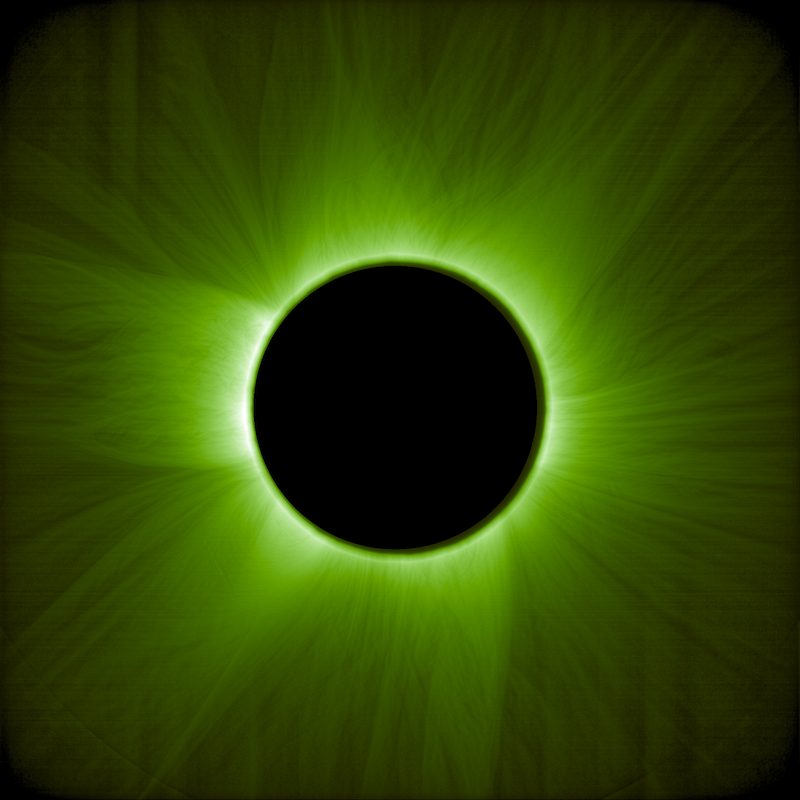PROAB-3’s first solar eclipse
N7 Space celebrates a major European milestone in space science: the first images of an artificial solar eclipse captured by ESA’s PROBA-3 mission, produced using the ASPIICS coronagraph on board the formation-flying twin satellites. The images—released by ESA during the Paris Air Show—show the Sun’s inner corona with unprecedented clarity, and were acquired using flight software delivered by N7 Space for the ASPIICS payload.

PROBA-3 is the world’s first precision formation-flying mission, launching in December 2024, designed to create a controllable, long-duration eclipse in space so that ASPIICS can observe the faint solar corona close to the solar limb. During checkout, the mission has already produced multiple successful eclipses, enabling early science verification and system validation.
N7 Space role and technical achievements
N7 Space developed and delivered the on-board application software for the ASPIICS Coronagraph Control Box (the instrument’s spacecraft-borne payload computer). The software implemented and integrated four mission-critical functions:
- observation program management and acquisition of solar-corona imagery,
- end-to-end management of payload data flow and telemetry,
- precision control of the instrument filter wheel, front door assembly,
- real-time processing of the shadow-position-sensor (SPS) data used by the closed-loop formation-flying system to maintain the 150 m separation and the precise occultation geometry.
These capabilities allowed ASPIICS to produce the streak-free, high-dynamic-range images now published by ESA, overcoming challenges of stray light suppression and tight synchronization between the two spacecraft. The N7 Space software was developed to meet the mission’s strict real-time, reliability constraints and was integrated with the payload electronics supplied by project partners.
Impact and next steps
The unique images from PROBA-3 open new opportunities to study solar phenomena that drive space weather, including the dynamics of the inner corona where solar wind and eruptive events originate. ASPIICS observations — made possible by precise formation flying supported by N7 Space software — will enable researchers to study why the corona is far hotter than the solar surface and help improve models used for space-weather forecasting. ESA and its scientific partners will continue instrument calibration and extended observations as the mission transitions from commisionning to routine science operations.
Mission media kit: https://esamultimedia.esa.int/docs/technology/esa-proba3_media_kit.pdf